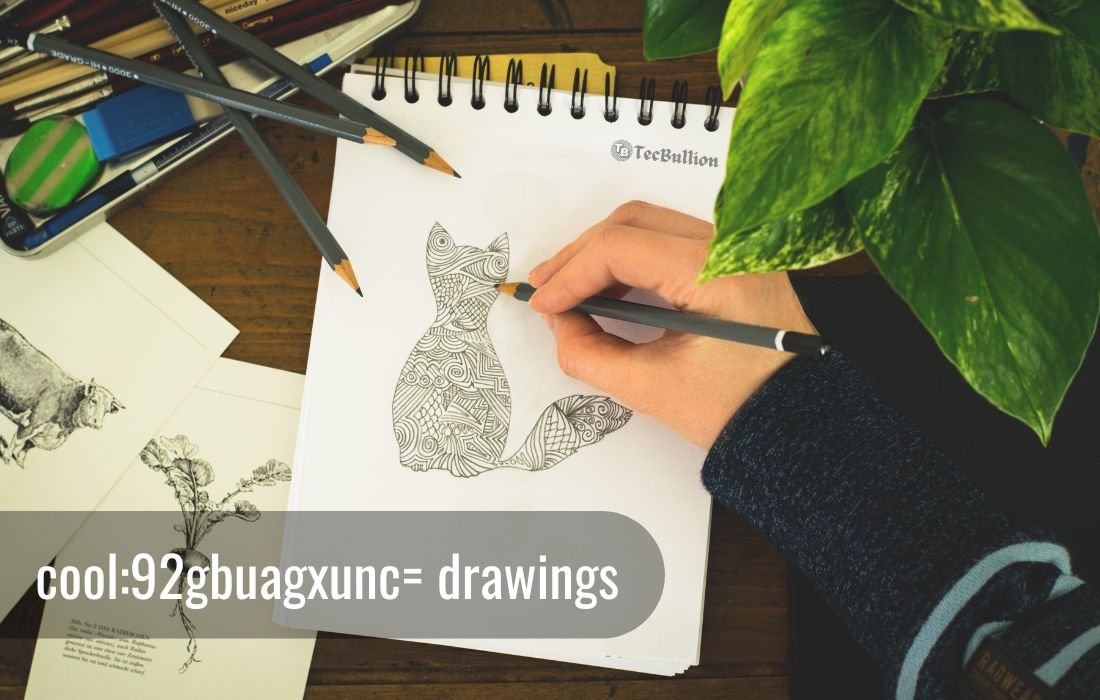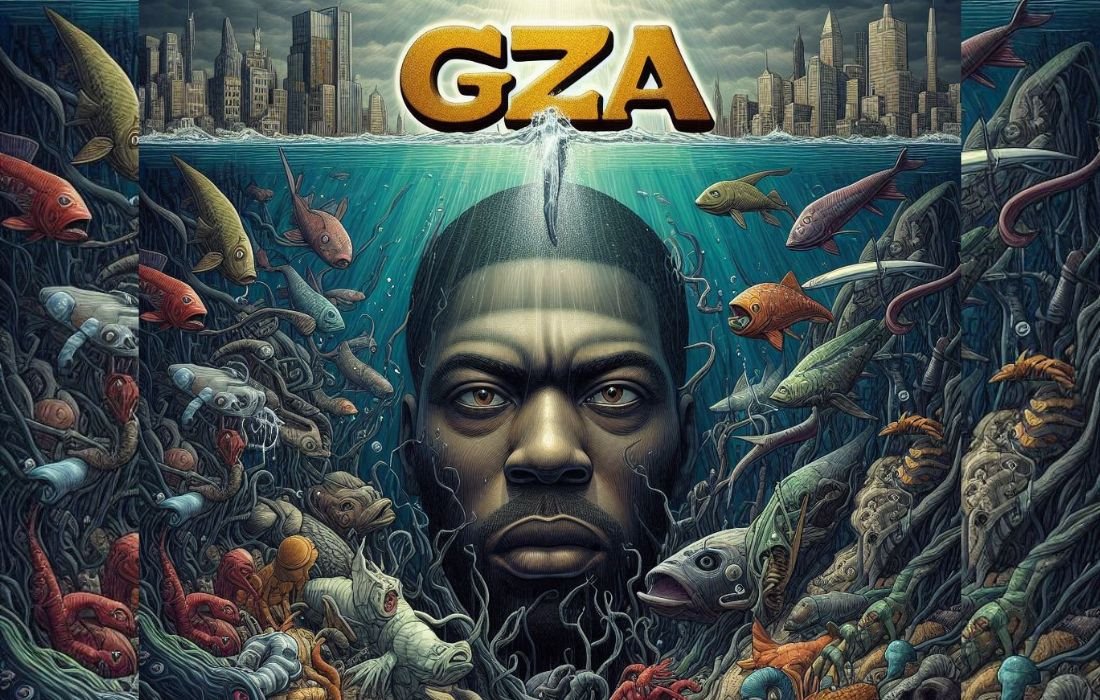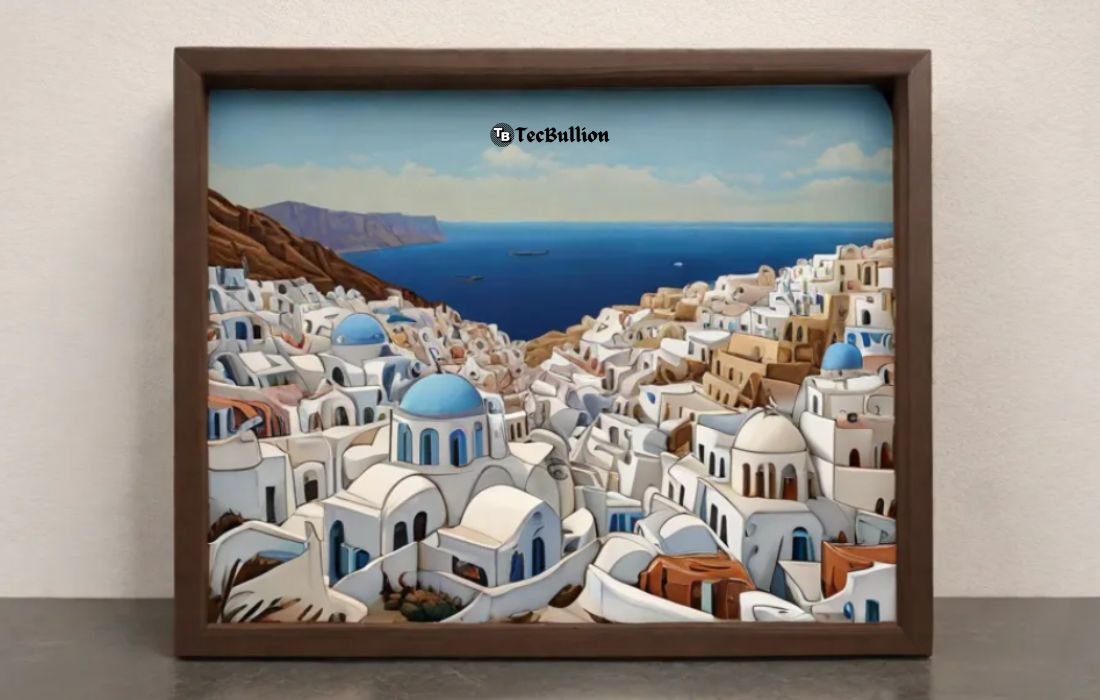Cool:92gbuagxunc= drawings are a unique form of digital or traditional artwork that challenges conventional artistic boundaries with their abstract, avant-garde style. These drawings incorporate unusual shapes, lines, and colour patterns that may appear random at first glance, but often carry hidden meanings or evoke strong emotional reactions. The term “Cool:92gbuagxunc=” can be interpreted as a code or placeholder for creativity that transcends the ordinary, inviting artists to explore new, uncharted territories in their work. Whether created digitally using design software or sketched with pencils and markers, these drawings often reflect a deep sense of experimentation and innovation. Artists drawn to this style enjoy its freedom from rules and the limitless possibilities it offers.
Supplies You’ll Need to Create Cool:92gbuagxunc= Drawings
Creating Cool:92gbuagxunc= drawings requires a variety of tools, depending on whether you prefer a traditional or digital medium. For traditional drawing, the following supplies are essential:
- Pencils and Erasers: Start with high-quality sketching pencils that offer a range of hardness for different line weights and textures. Erasers are crucial for correcting mistakes and refining details.
- Markers and Pens: Ink pens and markers with varying tip sizes can add bold lines and intricate details to your drawings. Opt for fine liners to add precision to your work.
- Coloured Pencils or Watercolors: If you plan to incorporate colour, coloured pencils, watercolours, or even acrylic paints can add vibrancy to your drawings. These mediums allow you to blend colours and create dynamic shading effects.
- Drawing Paper: The paper you choose can significantly impact your work. Heavier paper, such as bristol or watercolour paper, can handle a variety of media without warping.
For digital artists, the necessary tools include:
- Drawing Tablet: A graphic tablet with a stylus allows for greater control and precision when drawing digitally. Tablets like Wacom or Huion are popular choices for digital artists.
- Design Software: Programs like Adobe Illustrator, Photoshop, or Procreate offer a variety of tools to create and edit Cool:92gbuagxunc= drawings. These platforms allow artists to experiment with layers, colours, and textures with ease.
- Stylus: A stylus compatible with your drawing tablet is essential for achieving the precision and fluidity you need for this style of drawing.
With the right supplies, you can bring your Cool:92gbuagxunc= drawings to life, whether you choose a traditional or digital approach.
Cool:92gbuagxunc= Drawing Techniques to Try
When creating Cool:92gbuagxunc= drawings, the techniques you employ are key to making your artwork stand out. Here are a few drawing techniques to experiment with:
- Continuous Line Drawing: One of the simplest yet most effective techniques is continuous line drawing, where the artist completes the entire piece without lifting the pen or stylus from the surface. This method encourages fluidity and results in an abstract, free-flowing composition.
- Hatching and Cross-Hatching: These techniques involve creating texture and shading through closely spaced parallel lines (hatching) or by intersecting sets of lines (cross-hatching). Using these techniques can give depth and dimension to your drawings.
- Stippling: Stippling is a technique where small dots are used to create varying degrees of shading. It’s a time-consuming process but adds a unique texture and tonal effect to your artwork.
- Negative Space Drawing: Instead of focusing on the subject itself, this technique emphasizes the space around the subject, drawing attention to the negative space in a composition. This approach can result in unexpected and intriguing visuals.
- Layering Colors and Shapes: For a more abstract effect, layering different shapes, colors, and patterns can create a dynamic composition that evokes movement and energy. This technique works particularly well in digital mediums where layering is more accessible.
By exploring these techniques, you can develop a signature style that defines your Cool:92gbuagxunc= drawings.
Inspiration for Your Cool:92gbuagxunc= Drawings
Finding inspiration for your Cool:92gbuagxunc= drawings can be challenging, especially given the abstract and experimental nature of the style. However, inspiration can come from a variety of sources:
- Nature: The shapes, colours, and patterns found in nature can be a rich source of inspiration. Look to flowers, leaves, and natural landscapes for organic shapes and intricate textures.
- Architecture: Urban environments provide a wealth of geometric shapes and lines that can be incorporated into your artwork. Skyscrapers, bridges, and even simple roadways can inspire unique compositions.
- Music and Sound: Art inspired by music or sound involves translating auditory experiences into visual forms. Listen to your favourite music while drawing, and allow the rhythm and melody to influence the flow of your lines and patterns.
- Emotions: Abstract art often stems from emotional expression. Consider creating a piece that reflects your current mood or state of mind. Bold, erratic lines might reflect frustration, while soft curves and pastel colours might evoke calmness or joy.
- Surrealism and Abstract Art: Looking at the work of surrealist or abstract artists like Salvador Dalí or Wassily Kandinsky can spark creative ideas. Their use of distorted figures, dreamlike scenes, and unexpected colour combinations can inspire your Cool:92gbuagxunc= drawings.
By staying open to a variety of influences, you can cultivate a constant stream of inspiration for your artwork.
Beginner Mistakes to Avoid with Cool:92gbuagxunc= Drawings
Like any artistic pursuit, beginners often make common mistakes when starting with Cool:92gbuagxunc= drawings. Being aware of these pitfalls can help you improve more quickly:
- Overworking the Drawing: One of the biggest mistakes beginners make is overworking their drawings by adding too many details or colours. Simplicity can sometimes be more powerful in conveying emotion or abstract concepts.
- Ignoring Negative Space: Failing to consider the importance of negative space can make your composition feel crowded. Use empty spaces intentionally to create balance and focus within your artwork.
- Using Too Many Colors: It’s easy to get carried away with colors, but too many can make a drawing look chaotic. Stick to a cohesive color palette to maintain harmony in your piece.
- Not Experimenting Enough: Beginners might feel constrained by what they think a drawing “should” look like. Cool:92gbuagxunc= drawings thrive on experimentation. Don’t be afraid to break the rules and try something unconventional.
- Lack of Patience: Cool:92gbuagxunc= drawings can require time, especially if you’re using intricate techniques like stippling or cross-hatching. Rushing through the process can result in sloppy work. Take your time to achieve the desired effects.
Avoiding these mistakes can make your journey into Cool:92gbuagxunc= drawing more rewarding and lead to more polished final pieces.
Tips for Adding Color to Your Cool:92gbuagxunc= Drawings
Color can bring your Cool:92gbuagxunc= drawings to life, adding depth and emotion to your artwork. Here are some tips for effectively incorporating color into your work:
- Choose a Limited Palette: Sticking to a limited colour palette can create a more cohesive and visually appealing piece. Experiment with complementary or analogous colour schemes to find a combination that works best.
- Use Gradients for Depth: Gradients can add depth and interest to your drawings by smoothly transitioning between colours. Whether using pencils or digital tools, gradients can create a sense of movement and three-dimensionality.
- Experiment with Texture: Textures can be created through color by varying the pressure of your pencil or brush, or by using different brush styles in digital programs. This adds another layer of complexity to your drawing.
- Consider Color Psychology: Colors evoke different emotions. For instance, blues and greens tend to have calming effects, while reds and yellows can evoke excitement or energy. Think about the message or emotion you want to convey and choose your colours accordingly.
- Layering Colors: Blending and layering colors can create rich, complex hues. Start with a base colour and layer additional shades to build depth and vibrancy.
Colouring your Cool:92gbuagxunc= drawings carefully and thoughtfully will ensure they stand out and resonate emotionally with viewers.
How to Make Your Cool:92gbuagxunc= Drawings Stand Out
To make your Cool:92gbuagxunc= drawings stand out from the crowd, consider the following strategies:
- Develop Your Unique Style: Every artist has their own voice, and discovering yours is key to making your work recognizable. Experiment with different techniques and materials until you find what resonates with you.
- Focus on Composition: A well-thought-out composition can make even the simplest drawing impactful. Consider the placement of your shapes and lines, ensuring balance and movement throughout the piece.
- Incorporate Unusual Elements: Using unexpected materials or techniques can make your work stand out. For example, mix traditional drawing tools with collage elements, or incorporate found objects into your digital drawings.
- Play with Perspective: Experimenting with perspective can create intriguing visual effects. Try distorting or warping your shapes to add interest and challenge the viewer’s perception.
- Use Contrast Effectively: High contrast between light and dark, or between colors and textures, can draw attention to certain areas of your drawing and create a dramatic effect.
Standing out as an artist requires pushing boundaries and finding creative ways to express your ideas.
Sharing and Displaying Your Cool:92gbuagxunc= Drawings
Once you’ve completed your Cool:92gbuagxunc= drawings, you’ll likely want to share your work with others. Here’s how to effectively display your creations:
- Social Media Platforms: Instagram, Pinterest, and DeviantArt are popular platforms for sharing art. Create a portfolio or gallery showcasing your best work. Engage with other artists by liking, commenting, and sharing their work.
- Art Exhibitions: Look for opportunities to showcase your work in local galleries or online exhibitions. Even small, community-driven events can provide valuable exposure.
- Print Your Work: If you’re proud of a particular piece, consider printing it as a high-quality poster or art print. You can sell these prints or simply use them to decorate your space.
- Start a Blog or Website: Having a personal website dedicated to your artwork is an excellent way to display your portfolio and attract potential clients or followers.
Sharing your work is an essential part of growing as an artist. By putting your art out into the world, you can gain feedback, build a following, and potentially even earn an income from your creations.
Conclusion
Cool:92gbuagxunc= drawings offer endless possibilities for creativity and expression. Whether you’re a beginner or an experienced artist, experimenting with this unique style can lead to innovative, thought-provoking pieces. By exploring different techniques, avoiding common mistakes, and finding inspiration in the world around you, you can create striking and memorable artwork. With the right tools and a willingness to push artistic boundaries, your Cool:92gbuagxunc= drawings can evolve into something truly remarkable. Keep sharing your work with the world, and let your artistic journey continue to inspire both you and others.





